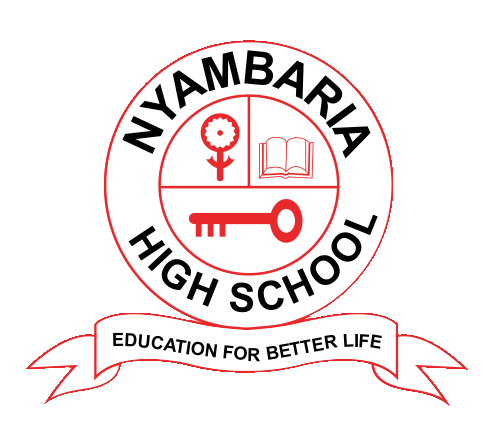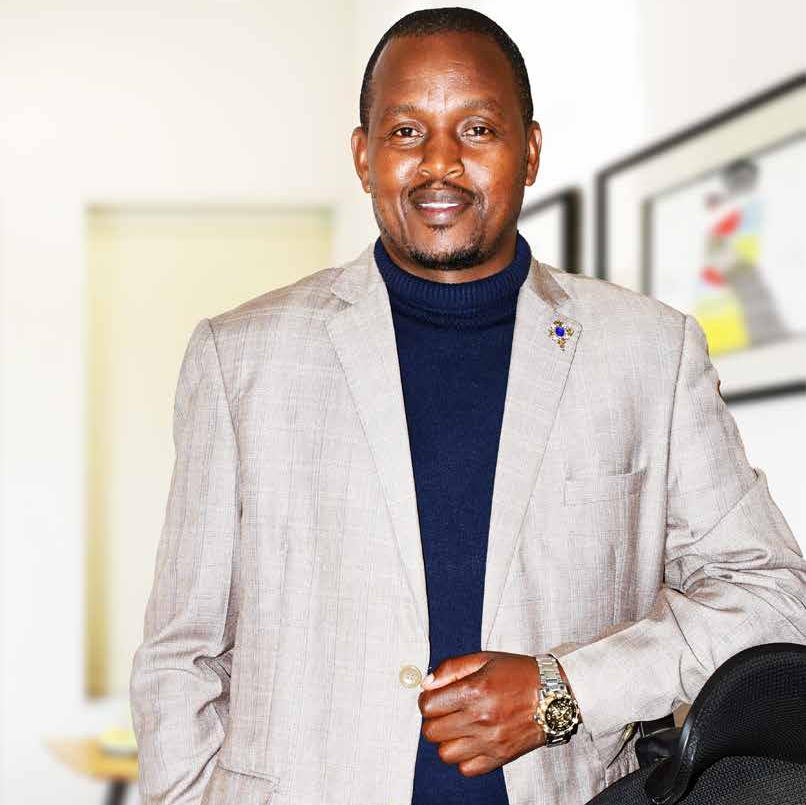School Security encompasses all measures taken to combat threats to people and property in education environments. One term connected to school security is school safety, which is defined as the sheltering of students from violence, bullying, as well as exposure to harmful elements such as drugs, phones and gang activity. Along with other public places, schools are at risk for invasion from outside as well as attacks from students because of the high prevalence of potential assailants and availability of victims.
As a school we do everything we can to protect students and have consequently deployed important security measures to optimize the government requirement on both safe and secure schools and as well as learner friendly environment.
Nyambaria School has put in place a security policy that:
a) Identifies the likelihood of a security-related incident occurring
b) Assesses the level of impact
c) Develops plans and procedures to manage and respond to any of the prevalent threats.
Our Chief Principal; Mr Charles Onyari, HSC, has put in place 10 security considerations that our school has invested in to help us put strong security plans and procedures in place which help us to respond properly and quickly to any of these possible threats.
1. Communication: Nyambaria School has an elaborate communication systems in place which enhance rapid response in case of an emergencies such as medical plans, fire and threats that can lead to a crisis. We have communica tion gadgets that include: Walk-talkies, staff mobile phones and signal relays such as distress alarms and silent alarms.
2. Access control: One way we keep our students and staff safe when they're on the premises is to limit the flow of people by using access control cards. Access control cards also double up as identification documents especially to important premises such as the library and saves time in the event of a fire.
3. Signage and firefighting equipment: We have clear signage highlighting what to do in case of an emergency, exits and that we are monitoring by CCTV in 24 hours. Firefighting equipments are properly installed and adequately serviced.
4. Secure perimeter wall: One of the easiest ways we protect our students, staff, and property is by secure perimeter wall. We have also added access control and intercoms to reception areas, drop arm barriers and palisade fencing with security lights round the wall and a secure security gate linked to our data systems to access all the student’s records and registers.
5. CCTV: This has been one of the most effective ways to improve security. This has greatly helped us to track: Trespassers, fire scenarios, safety emergencies, crimes such as theft, vandalism among others.
6. Security Lighting: It can get darker here because of tropical rains at times. So, security lighting has been installed along footpaths, playgrounds, car parks to ensure everyone stays safe, especially staff that leave late. The sense of fear has been completely eliminated.
7. Visitors: The school has an elaborate policy on visitors and visiting times. The likely route for legitimate visitors would be through the reception area where they are signed in and given an I.D. card and are accompanied to the relevant area.
8. Alternative Power: The school has installed Solar System and an automatic power generators in case we experience a power outages, perhaps right in the middle of an emergency.
9. Regular Workshops: Every year we educate staff and students on the emergency procedures. We also carry out mock emergencies and drills to equip our security team will knowledge about safety procedures.
10. Risk Assessments: This is the first thing we do when looking at security. We have done this assessment every year in order to keep our buildings, staff and pupils safe. As a result, significant alterations have been made to our school’s premises; for example, an extension of rumps. We have also booked external8. Alternative Power: The school has installed Solar System and an automatic power generators in case we experience a power outages, perhaps right in the middle of an emergency. 9. Regular Workshops: Every year we educate staff and students on the emergency procedures. We also carry out mock emergencies and drills to equip our security team will knowledge about safety procedures.
10. Risk Assessments: This is the first thing we do when looking at security. We have done this assessment every year in order to keep our buildings, staff and pupils safe. As a result, significant alterations have been made to our school’s premises; for example, an extension of rumps. We have also booked external Security Audits which ascertain our readiness to avert possible dangers and threats. We thank God for the protection and guidance this far. Indeed, “ … except the LORD keep the city, the watchman waketh but in vain.
GOD BLESS NYAMBARIA.
Kepha Obobe Ogega;
Deputy Principal Security

